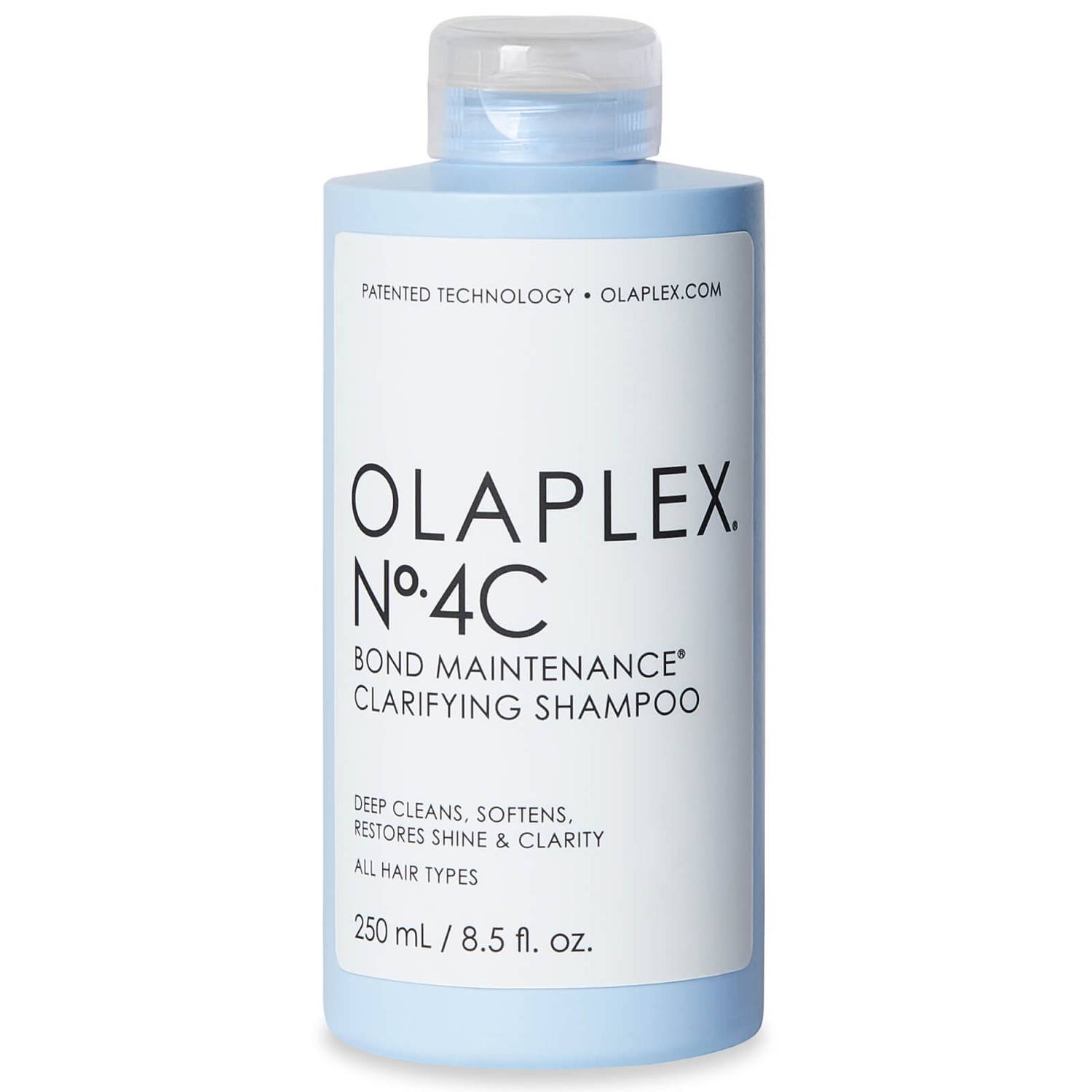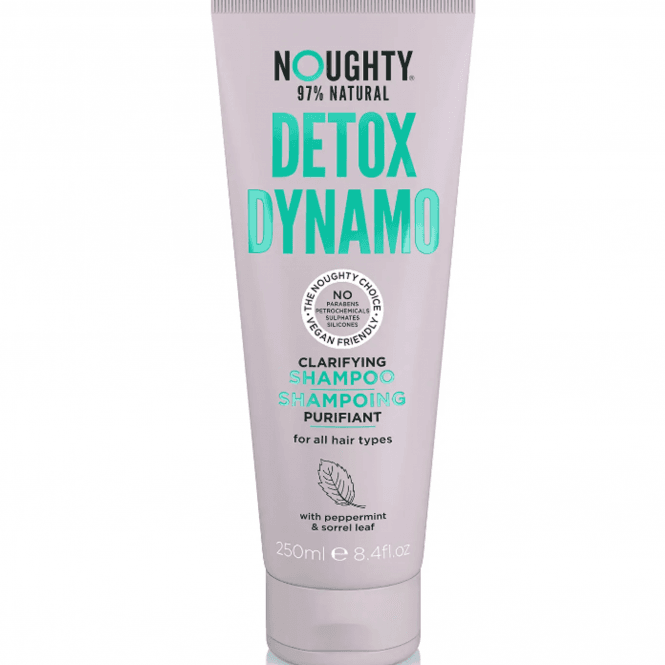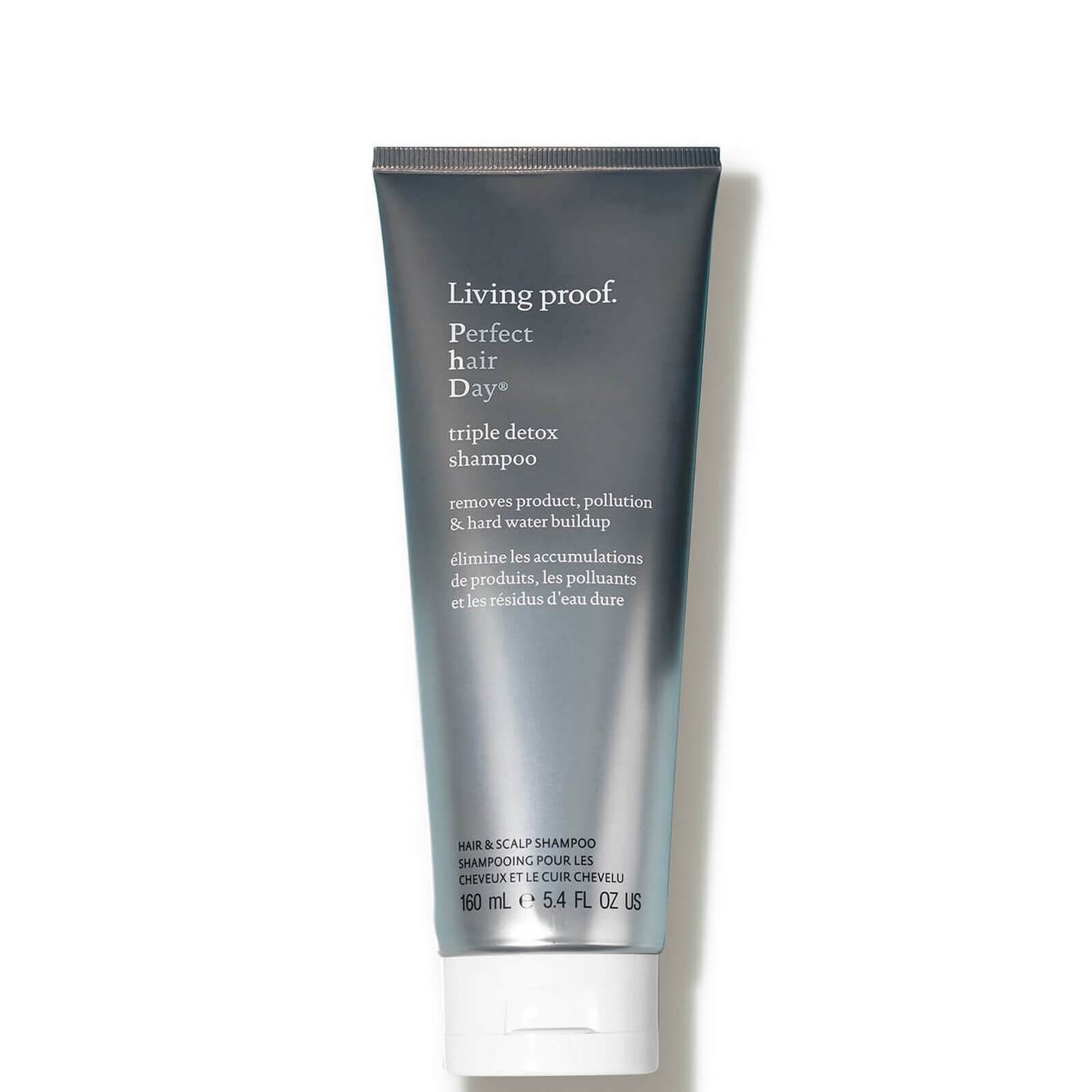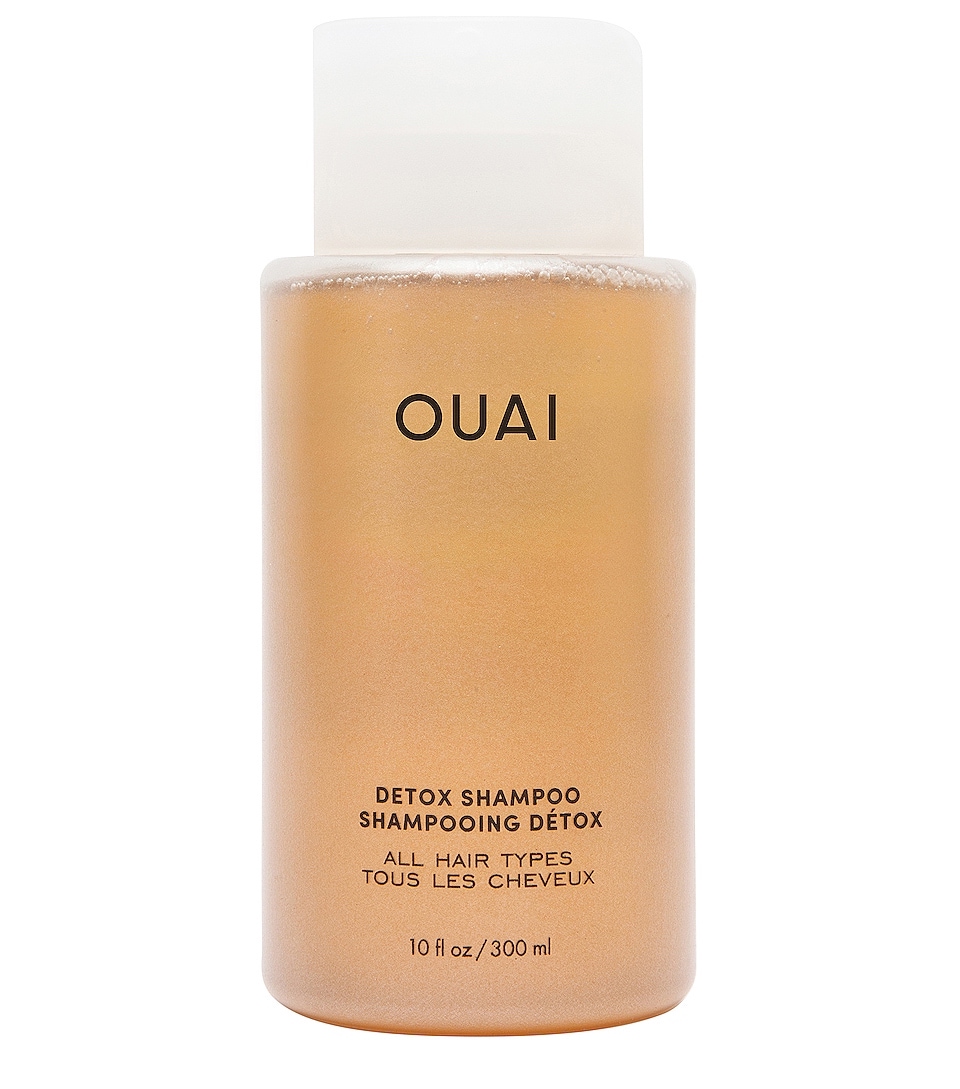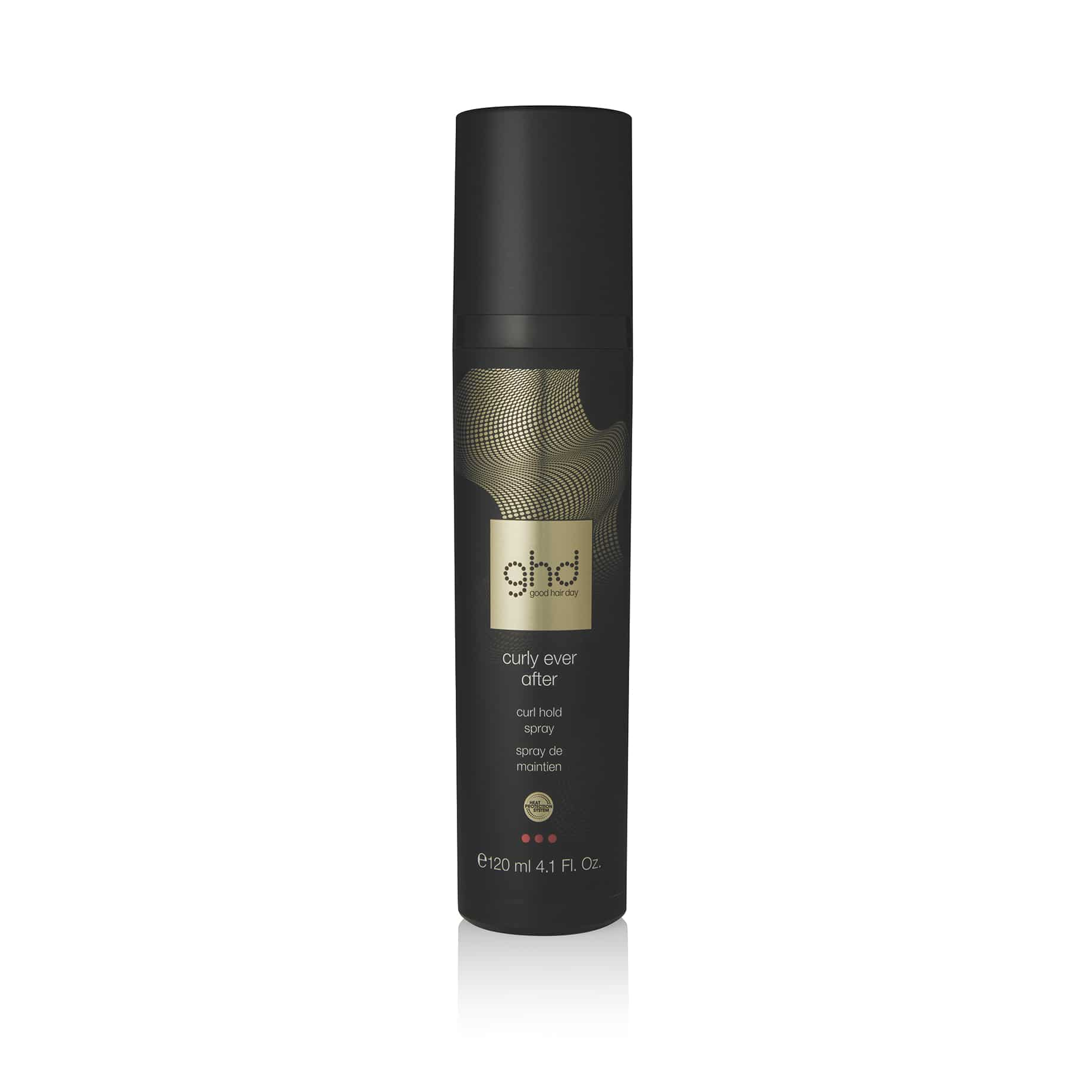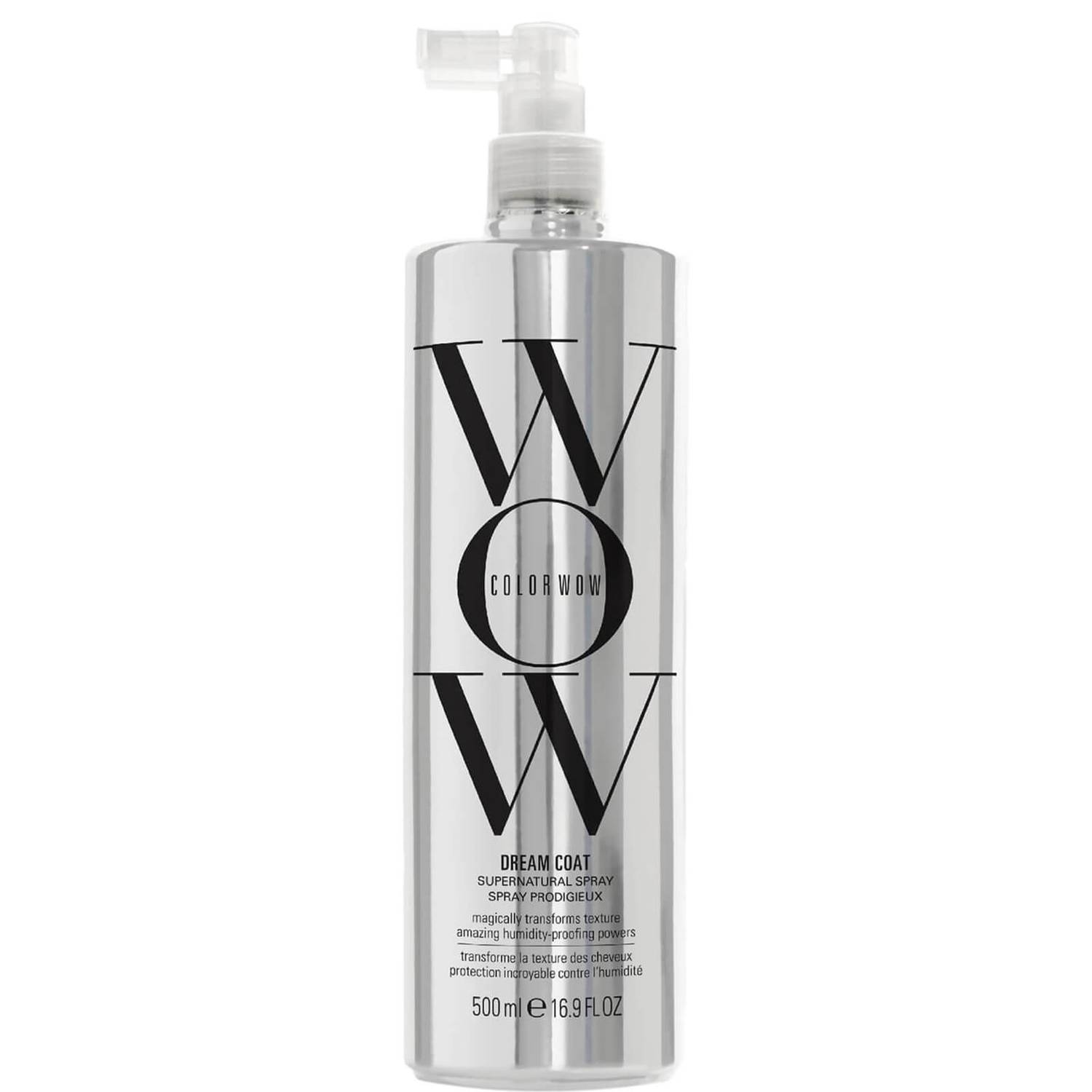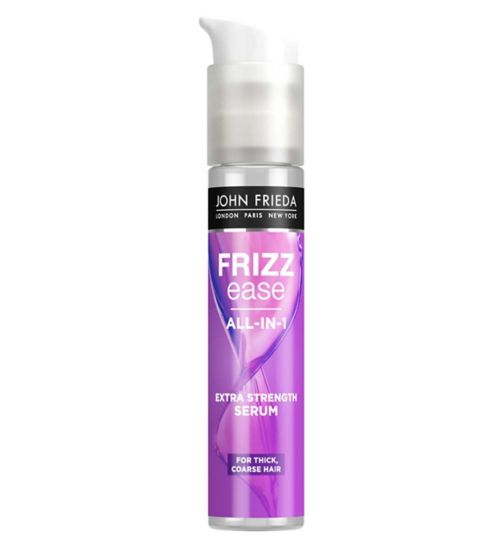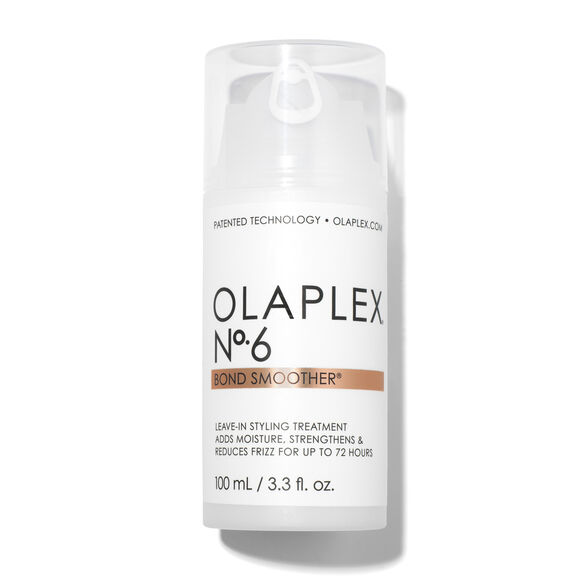“I’m a beauty editor and I love using silicones in my haircare routine”
Written by Akesha Reid
Silicones in hair products have given me some of my best hair days ever. Here’s how they work and why they’re not so bad.
These days, there are a lot of ingredients that get a bad rap for good reason. Gone are the days when we blindly use beauty products without questioning exactly what goes into them – now we’re so much more clued up on the unnecessary ingredients that are often put into our products. One ingredient that often gets thrown into the list of ‘must avoid’ is silicone. Sadly, silicones can actually be very helpful when it comes to styling hair, especially if you heat style curly or Afro hair like mine.
Why do silicones have a bad reputation?
Like with a lot of things on the internet, there is much misinformation spread about silicones in hair products. The most toxic one, however, is that silicones are harmful, which isn’t true at all. Even if every hair product you used in your routine contained silicones, they wouldn’t be harmful to you.
There are different variations of silicone which are used in hair products which you can suss out by finding ingredients with -cone at the end, but the most common by far is dimethicone.
What do silicones do in hair products?
The main purpose of silicones in hair products is to lock out moisture to prevent frizz. It does this by coating strands to create a physical block, and because of its hydrophobic quality, it doesn’t rinse off the hair easily.
If you continue to apply silicone-based products to the hair without cleansing effectively you’ll get a build-up of silicones that can result in dry, lank and greasy-looking hair. This is why using a good clarifying shampoo in your routine alongside any silicone-based styling product is key. These are the ones I rate:
Olaplex / £28
No. 4c Bond Maintenance Clarifying Shampoo
Noughty / £7.99
Detox Dynamo Clarifying Shampoo
Living Proof / £25
Phd Triple Detox Shampoo
Ouai / £24
Detox Shampoo
How can silicones be helpful to curly and textured hair?
The hydrophobic quality of silicones makes them a significant ingredient for repelling water in styling products.
“For my clients with curly or coily hair that straighten it or just prefer definition, I always recommend silicone-based heat protection and finishing products,” says celebrity hairdresser Lorraine Dublin. “The silicones seal out moisture and humidity which can cause instant frizz on textured hair.”
I’ve found that when I don’t use a silicone-based heat protector, my at-home silk presses don’t last as long before becoming frizzy, resulting in me using more heat.
“Silicones in hair products can give a protective layer for the hair, this reduces the appearance of frizzy, dry, lacklustre hair,” adds Paige Blankley, hairstylist at Mewies & Co. “This typically applies to curly, wavy and coarse hair types. When styling these types of hair, it can be a battle to stop them from looking frizzy or fly-away.”
What about straight or wavy hair?
“These textures are less affected by moisture so silicones aren’t particularly necessary for these hair types,” notes Dublin. It doesn’t mean don’t utilise them but you might find you need to wash your hair with a clarifying shampoo more often – maybe every few washes – to avoid silicone build-up which is more noticeable on these hair types too.
ghd / £18.95
Curly Ever After Curl Hold Spray
color Wow / £55
Dream Coat Anti-Frizz Treatment Supersize
John Freida / £7.99
Frizz Ease All-in-1 Extra Strength Serum
Olaplex / £28
OlaNo.6 Bond Smoother
For all hair types, though, it’s a good idea to use a hydrating serum or leave-in conditioner before applying your silicone-based product, this will lock in moisture while keeping unwanted moisture out.
Main image: Getty
Source: Read Full Article
